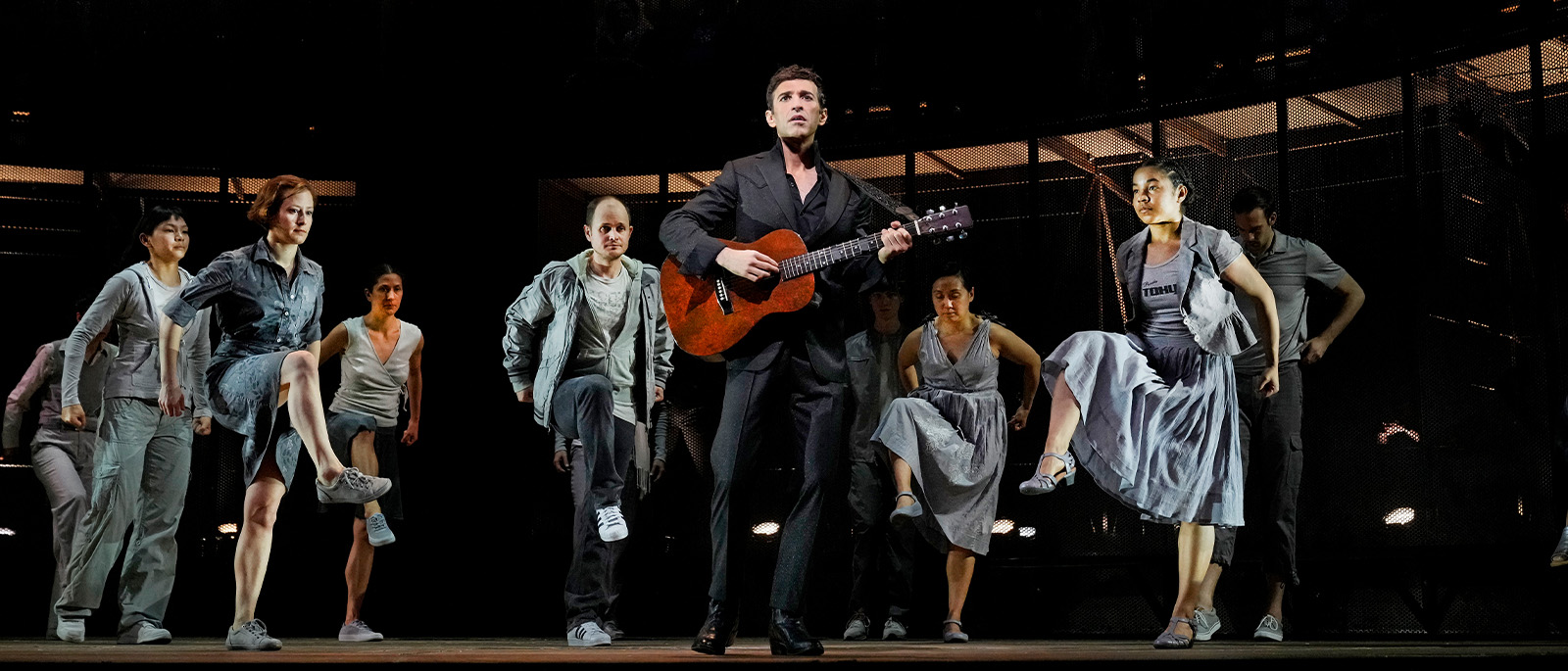
The Space Between
Countertenor Anthony Roth Costanzo is most familiar to Met audiences from his landmark performances in Philip Glass’s modern masterpiece Akhnaten, but he has spent much of his career singing repertoire from hundreds of years earlier. Starting May 16, he returns to his roots, headlining Mark Morris’s exuberant production of Orfeo ed Euridice. Costanzo recently spoke to the Met’s Christopher Browner about imbuing Gluck’s understated music with maximum emotion.
Where does Orfeo rank among your roles?
It’s perhaps my favorite Baroque role— though it’s not fully Baroque. It comes from an inflection point in the history of opera. It’s Gluck’s idea of “reform opera,” so it follows on from the Baroque tradition but breaks from its formulas. In earlier operas, we have all this coloratura representing extremity of emotion—madness, anger, distress—but Gluck strips all of that decoration away and leaves space to communicate the emotion much more directly.
Where are some places he “leaves space”?
A good example is the famous aria “Che farò senza Euridice?,” after Orfeo loses Euridice. It’s in a major key and is set to a kind of a dance rhythm. On the surface, it doesn’t seem very sad. But actually, I think Gluck is leaving a blank canvas so that the emotion can come through in the interpretation. My job is to make it devastating.
How will you do that?
There are three repetitions of the text and melody, and I see them as three different stages of grief. The first is the shock at looking down at his dead wife, and the second is anger and frustration. It’s not until the third verse that we really feel sadness. All that comes from dynamics and changes in tempo, as well as some small ornaments that I add to really wring the aria for every bit of emotion.
What are some of the other musical highlights for you?
I think the best page in the whole score is after the Furies have told Orfeo that he can’t enter the Underworld, and he sings, “Mille pene, ombre sdegnose, come voi sopporto anch’io.” Basically, he says, “Just like you, I’ve experienced a thousand pains.” The harmonies are spectacular, but it’s also a place where the message comes together with my life. Orfeo is trying to use his music to sway people who aren’t interested, and my mission in life is not only to sing opera but to bring all kinds of new audiences to the art form. At that moment, I feel a particular connection to him.